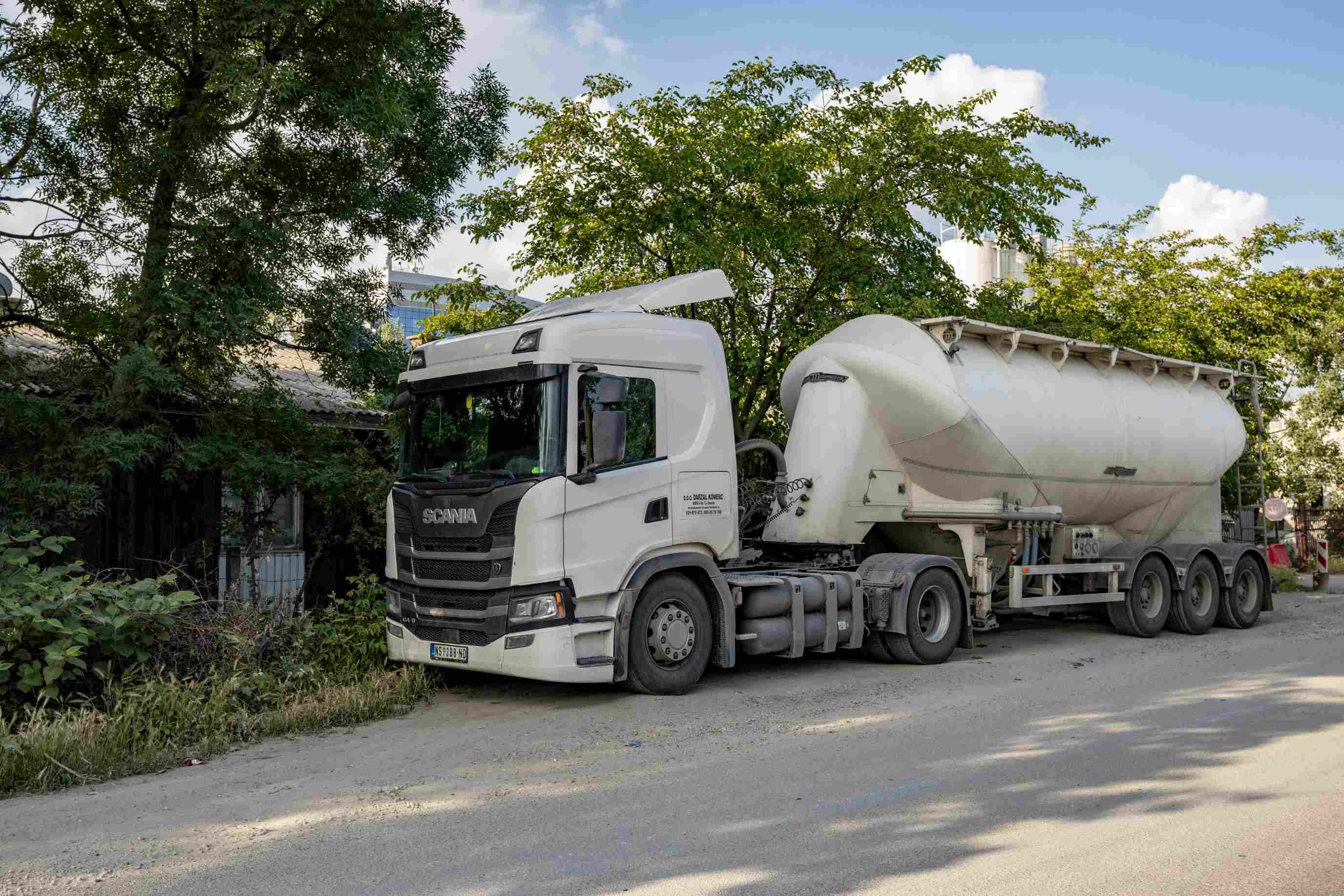In a world, increasingly conscious of environmental concerns, renewable energy sources like solar and wind power have taken center stage. The sun's inexhaustible rays and the earth's ceaseless winds offer a promise of sustainable energy production. However, to fully harness the potential of these intermittent energy sources, efficient energy storage solutions have become paramount.
The Renewable Energy Landscape
The shift towards renewable energy has been more than a mere trend; it's an essential response to climate change and dwindling fossil fuel reserves. Solar panels glisten on rooftops, and wind turbines dot landscapes, providing clean electricity.
Yet, the intermittent nature of these sources presents a challenge, underscoring the need for energy storage. Energy storage technologies serve as the key to renewable energy integration, bridging the gap between production and consumption.
Battery Energy Storage Systems (BESS)
Lithium-Ion Batteries: Lithium-ion batteries are the workhorses of the energy storage industry. Their high energy density and relatively low self-discharge rates make them ideal for storing energy generated from solar panels and wind turbines.
Flow Batteries: Flow batteries, with their unique liquid electrolyte design, offer scalability and long cycle life. These systems excel in applications requiring extended energy storage.
Energy Storage Challenges
Intermittency and Variability
Weather Dependence: Solar and wind energy production is inherently weather-dependent, making it crucial to have storage solutions that can buffer the energy supply during cloudy days and calm nights.
Daily and Seasonal Patterns: Energy consumption patterns vary throughout the day and across seasons. Effective storage must accommodate these fluctuations to ensure a consistent power supply.
Energy Losses and Efficiency
Round-Trip Efficiency: The efficiency of energy storage systems is determined by their ability to retain and release energy with minimal losses. High round-trip efficiency is a key performance indicator for energy storage solutions.
Self-Discharge Rates: Energy losses due to self-discharge can be significant in some storage technologies. Minimizing these losses is essential for maintaining the long-term viability of stored energy.

Applications and Benefits
Grid Stabilization and Reliability
Energy storage systems play a pivotal role in stabilizing the grid by providing quick response capabilities to balance supply and demand, reducing the risk of blackouts and brownouts.
Integration of Renewable Sources
Energy storage facilitates the seamless integration of solar and wind power into the existing energy infrastructure, ensuring a consistent and reliable electricity supply.
Microgrid and Off-Grid Solutions
In remote areas or during emergencies, microgrids and off-grid energy storage systems become lifelines, offering self-sustained power sources.
Peak Shaving and Load Management
Energy storage helps utilities manage peak demand, reducing the need for costly infrastructure upgrades and promoting efficient resource utilization.
Innovations and Future Prospects
Advanced Materials and Technologies
Solid-State Batteries: Solid-state batteries are a promising next step in battery technology, offering enhanced safety, energy density, and cycle life.
Redox Flow Batteries: Redox flow batteries are gaining traction due to their ability to decouple energy and power, providing scalable energy storage solutions.
Artificial Intelligence and Predictive Analytics: AI-driven solutions optimize energy storage operations, predicting demand patterns and ensuring maximum efficiency in energy utilization.
Cross-Sector Integration
Electrification of Transportation: The synergy between energy storage and electric vehicles is set to revolutionize transportation, offering a sustainable alternative to fossil fuels.
Green Hydrogen Production: Energy storage technologies are integral in green hydrogen production, a promising avenue for carbon-free energy storage and utilization.
Conclusion
As the world continues its transition towards a greener and more sustainable energy landscape, the development and integration of advanced solar and wind energy storage solutions will be at the forefront of this transformative journey. These technologies are not only essential in addressing the intermittent nature of renewable sources but also in shaping a cleaner and more reliable energy future.

 EN
EN 



